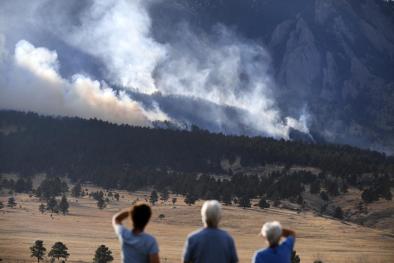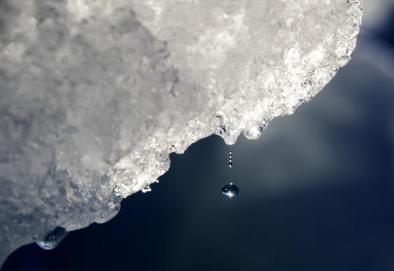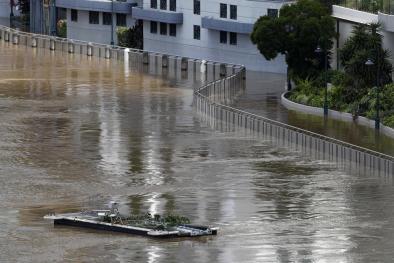Science Source
Reclamation Managing Water in the West: Interim Report No. 1, Colorado River Basin Water Supply and Demand Study, Status Report
- Finds based on the approximately 100-year historical record, the natural inflow into the Colorado River Basin, which represents the Basin-wide water supply, has averaged about 16.4 million acre-feet (maf)—a value comprised of approximately 15.0 maf of natural flow into the Upper Basin and approximately 1.4 maf of natural flow into the Lower Basin
- States that paleo reconstructions of streamflow indicate that the long-term average natural flow at Lees Ferry is likely lower, with the most recent study suggesting it may be closer to 14.7 maf, or 2 percent lower
- States the period from 2000 through 2010 represents the lowest 11-year average natural flow at Lees Ferry in recorded history, averaging 12.1 maf per year, approximately 20% below the 103-year average
- Finds that warming is projected to increase across the Basin, with the largest changes in spring and summer and with larger changes in the Upper Basin than in the Lower Basin
- Projects annual Basin-wide average temperature increases are projected to be approximately 1.3 and 2.4 degrees Celsius over the periods 2011-2040 and 2041-2070, respectively
- Measures increases relative to the 30-year historical period of 1971-2000
- Finds precipitation patterns continue to be spatially and temporally complex, but projected seasonal trends toward drying are significant in certain regions
- Finds a general trend towards drying is present in the Basin, although increases in precipitation are projected for some higher elevation and hydrologically productive regions
Related Content
Headline

Apr 3, 2022 | AP
Fire and rain: West to get more one-two extreme climate hits
Headline

Mar 21, 2022 | Climate Nexus Hot News
Heatwaves At Poles; Drought, Floods, Hurricanes Everywhere In Between
Science Source
| Scientific Reports
Turbidity and fecal indicator bacteria in recreational marine waters increase following the 2018 Woolsey Fire
Marisol Cira, Anisha Bafna, Christine M. Lee et al
Headline

Mar 3, 2022 | Climate Nexus Hot News
Massive Floods Submerge Eastern Australia


